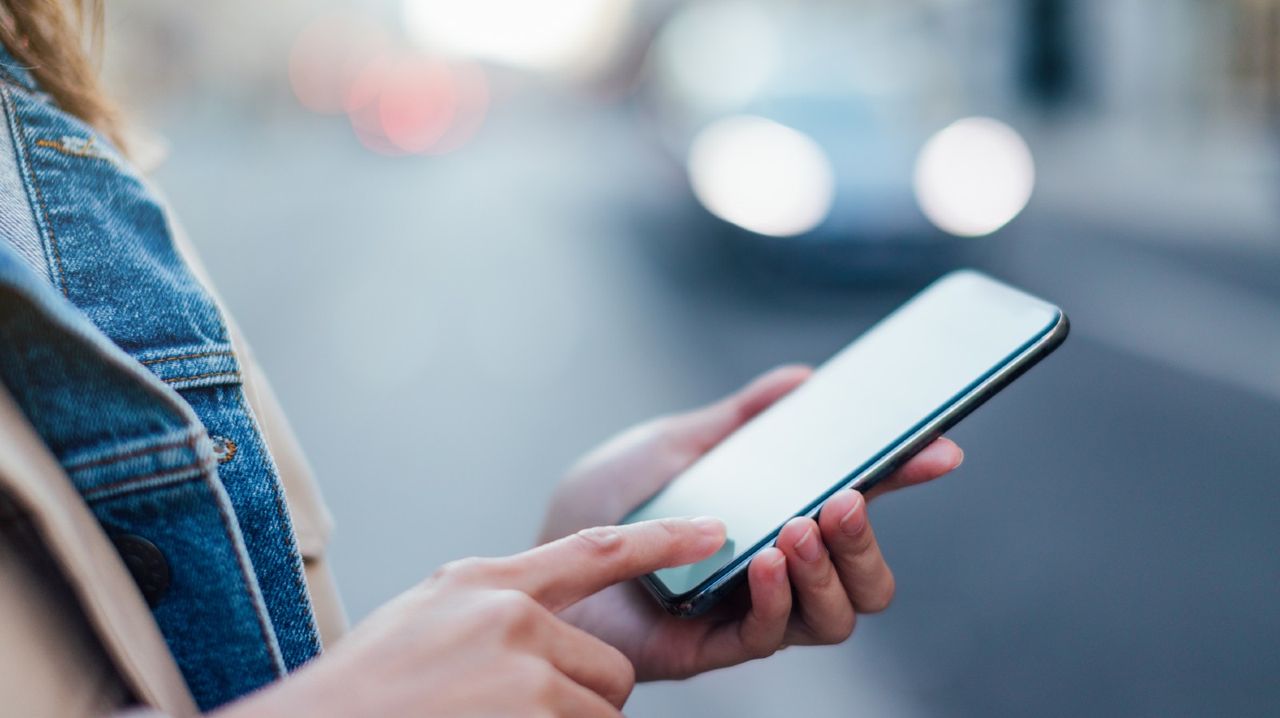Your body could charge your phone someday soon
Scientists’ latest discovery may point to a human body being able to charge a smartphone sooner than you think


You may be able to ditch your portable charger soon. Scientists have invented an efficient on-body energy harvester that has the ability to power your devices from the touch of your fingertips—literally!
Engineers at the University of San Diego have discovered how a thin wire, placed on someone’s hand, combined with the wearer’s sweat, could generate enough electricity to power wearable tech such as fitbits and other devices.
Biofuel cells (which use living organisms to generate electricity) were found to also collect extra power through finger exercises, including typing or playing the piano.
More from woman&home:
• How to set up an Apple Watch and get the most out of your fitness tracker
• New study finds a link between blue light before bed and weight gain
• Best eReaders for literary lovers—from Kindles to Kobo devices
During their experiments, the researchers used the device to try and power a vitamin C sensing system, but they claim it could be used for a variety of other devices, such as fitness trackers.
The authors of the study are labeling this invention the “holy grail” of energy harvesters due to the simplicity of its use.
“We envision that this can be used in any daily activity involving touch, things that a person would normally do anything while at work, at home, while watching TV or eating,” said professor of nanoengineering at UC San Diego Jacobs School of Engineering, Joseph Wang, in an interview with the Independent.
Sign up for the woman&home newsletter
Sign up to our free daily email for the latest royal and entertainment news, interesting opinion, expert advice on styling and beauty trends, and no-nonsense guides to the health and wellness questions you want answered.
“The goal is that this wearable will naturally work for you and you don’t even have to think about it,” he continued.
It’s no coincidence that the main source of power comes from the fingertips. Since our fingertips tend to generate more sweat, according to the authors, that made it easier to create electric power.
“Sweat rates on the finger can reach as high as a few microlitres per square centimetre per minute. This is significant compared to other locations on the body, where sweat rates are maybe two or three orders of magnitude smaller,” according to co-author Lu Yin.
This is just the beginning for the authors of the study. As they look towards the future they claim “there’s a lot of exciting potential” yet to be discovered.
Rylee is a U.S. news writer who previously worked for woman&home and My Imperfect Life covering lifestyle, celebrity, and fashion news. Before joining woman&home and My Imperfect Life, Rylee studied journalism at Hofstra University where she explored her interests in world politics and magazine writing. From there, she dabbled in freelance writing covering fashion and beauty e-commerce for outlets such as the TODAY show, American Spa Magazine, First for Women, and Woman’s World.
-
 Caught ending explained: Who was the killer and is Leo dead?
Caught ending explained: Who was the killer and is Leo dead?Another Harlan Coben thriller is riding high on Netflix, and viewers are asking for a deep dive of the intense ending of Caught
By Lucy Wigley Published
-
 Chocolate brown is everywhere but Ranvir Singh's Reiss sale dress stands out from the crowd
Chocolate brown is everywhere but Ranvir Singh's Reiss sale dress stands out from the crowdRanvir Singh has made us fall in love with deep cocoa brown all over again and her Reiss midi dress is more than 50% off
By Emma Shacklock Published
